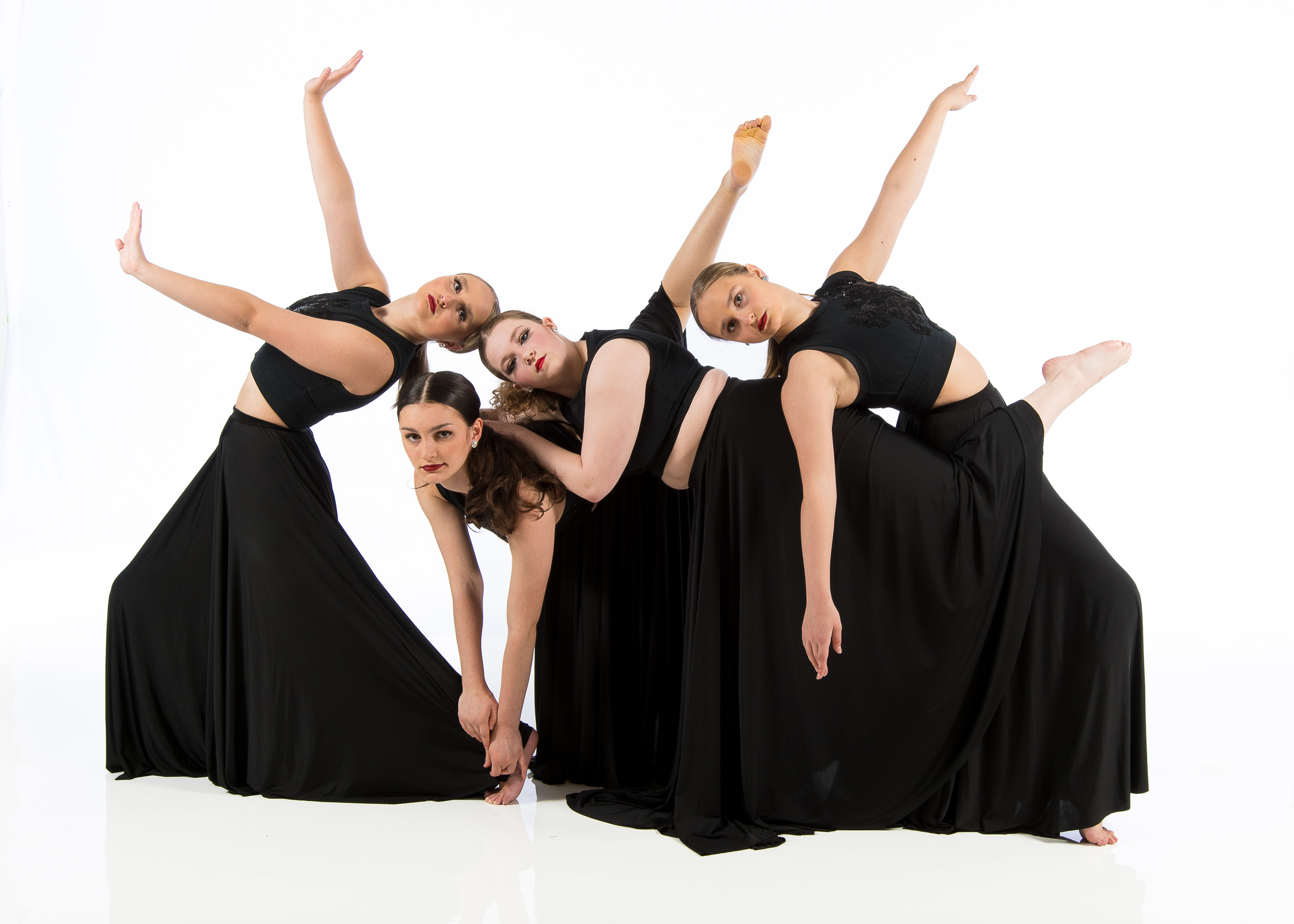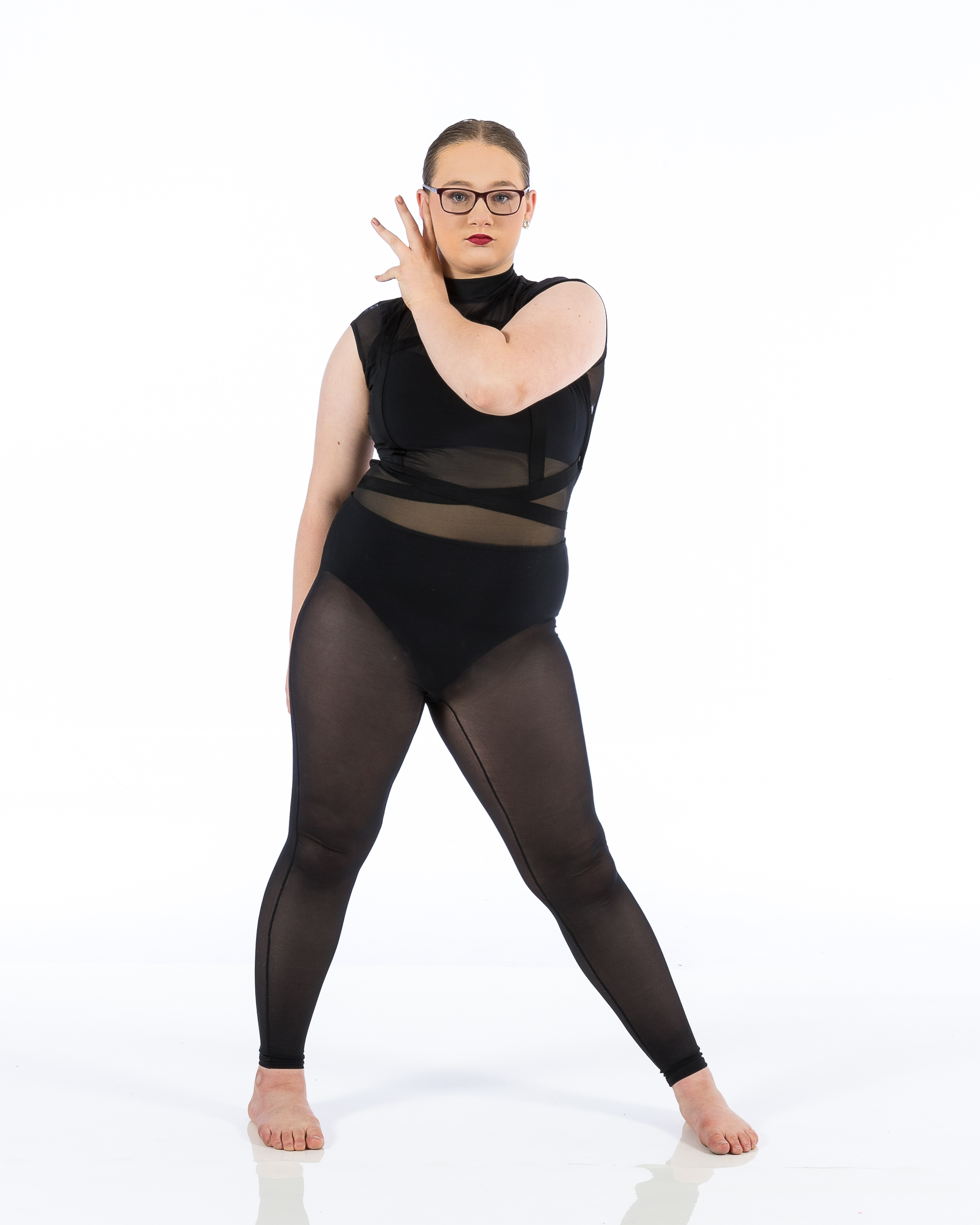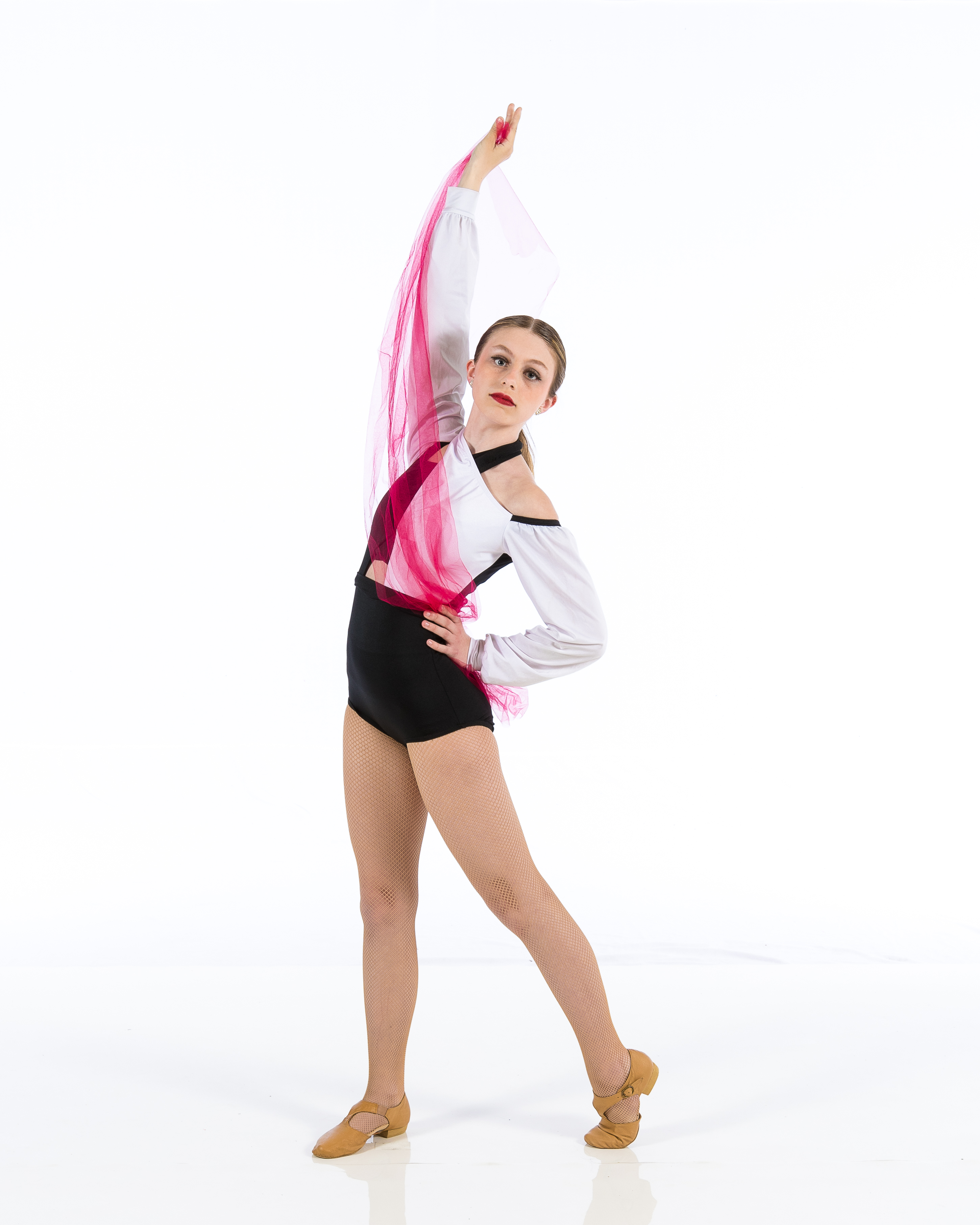Introduction
Hip Hop dance is more than just a form of expression; it's a way of life for many. From the rhythmic beats that resonate through the streets to the electrifying performances that light up stages worldwide, hip hop dancing captures the essence of culture, community, and creativity. But what does it really take to be a hip hop dancer? What happens behind closed doors when the spotlight fades and the audience goes home? In this article, we’ll delve deep into the daily routines, challenges, and triumphs that define a day in the life of a hip hop dancer.
What is Hip Hop Dance?
Hip hop dance encompasses various styles that evolved as part of hip hop dance studio hip hop culture. It includes street dance styles like breaking, locking, and popping, all characterized by their improvisational nature and vibrant expressions.
The Roots of Hip Hop Dance
The origins can be traced back to African American communities in the 1970s, particularly in New York City. As DJ Kool Herc spun records at block parties, dancers began to showcase their moves in competition with one another.
Different Styles Within Hip Hop Dance
Hip hop encompasses diverse styles:
Breaking: Known for acrobatic movements. Locking: Features quick arm and hand movements. Popping: Involves quick muscle contractions. Krumping: Characterized by energetic and expressive movements.
Behind Closed Doors: A Day in the Life of a HIP HOP Dancer
A typical day for a hip hop dancer often begins early and involves rigorous training and practice sessions. This commitment to their craft is what sets them apart.
Morning Routine: Waking Up to Dance
Most dancers start their day with an early morning routine designed to get them moving and energized.
Stretching and Conditioning
Upon waking up, dancers engage in stretching exercises to maintain flexibility—an essential aspect of hip hop dance.
Healthy Breakfast Choices
It's crucial for dancers to fuel their bodies adequately. A nutritious breakfast might include:
- Oatmeal topped with fruit Smoothie packed with nutrients Whole-grain toast with avocado
Mid-Morning Training Sessions
Once they’ve fueled up for the day, many dancers head straight into training.
Warm-Up Techniques
Warming up is vital before any intense dance session. Typical warm-up activities may include:
- Light jogging Dynamic stretches Basic footwork drills
Focused Skill Development
Dancers often focus on specific skills during these sessions—whether it’s mastering new choreography or refining existing techniques.
Afternoon Rehearsals: The Heartbeat of Hip Hop Dance
As midday arrives, many dancers participate in group rehearsals where collaboration shines.
Choreography Creation
During rehearsals, groups work together to develop new routines that combine individual styles into cohesive pieces.
Feedback Loops
Constructive feedback from peers helps enhance skills and builds camaraderie within groups.
Evening Performances: The Culmination of Hard Work
After hours of practice comes one of the most exhilarating parts—the performance!
Preparing Mentally and Physically
Before stepping on stage, dancers engage in mental preparations like visualization techniques coupled with physical warm-ups.
The Thrill of Live Audience Interaction
Performing live brings an unmatched energy as dancers connect with audiences through their art.
Challenges Faced by Hip Hop Dancers Behind Closed Doors
Like any profession, being a hip hop dancer comes with its own set of challenges.
Physical Demands on the Body
Dancing takes a toll on one’s body; injuries can be common due to overuse or improper technique.
Mental Fortitude Required for Success
The pressure to perform can lead to anxiety; thus mental health becomes an essential focus for many dancers.
Finding Balance Between Passion and Profession
Many hip hop dancers juggle multiple responsibilities—balancing gigs while pursuing personal interests or education can be daunting.

Time Management Strategies for Dancers
Planning out schedules effectively allows dancers to maximize productivity without compromising their passion for dance.
Building a Support System
Having friends or mentors who understand the industry can provide emotional support during tough times.


FAQs About Being a Hip Hop Dancer
What age should you start hip hop dancing?- It’s never too late! Many start as children but adults can also begin at any age.
- While formal training helps, many successful dancers are self-taught or learn through workshops.
- Networking within your community and utilizing social media platforms are great ways to find opportunities.
- Comfortable clothes that allow freedom of movement are ideal; sneakers designed for dancing are also recommended.
- Yes! Many earn income through performances, teaching classes, or choreography work.
- Extremely! Creativity drives innovation within routines making each performance unique.
Conclusion: The Unseen World of Hip Hop Dancing
Behind closed doors lies an intricate world filled with dedication, resilience, creativity, and artistry that defines every hip hop dancer's journey. It's not merely about executing moves; it's about expressing one's soul through rhythm and motion while overcoming obstacles along the way. By understanding what happens behind these closed doors—from early morning practices to late-night performances—we gain insight into why this vibrant culture continues captivating audiences worldwide.
Whether you’re contemplating starting your journey or you’re already deep in it, remember that every beat tells a story worth sharing—and every dancer plays an essential role in keeping this dynamic art form alive!
This article endeavors to encapsulate not just facts but also feelings—the essence behind every twist and turn on stage—and ultimately invites readers into an inspiring narrative about passion meeting professionalism in the world of hip hop dance!